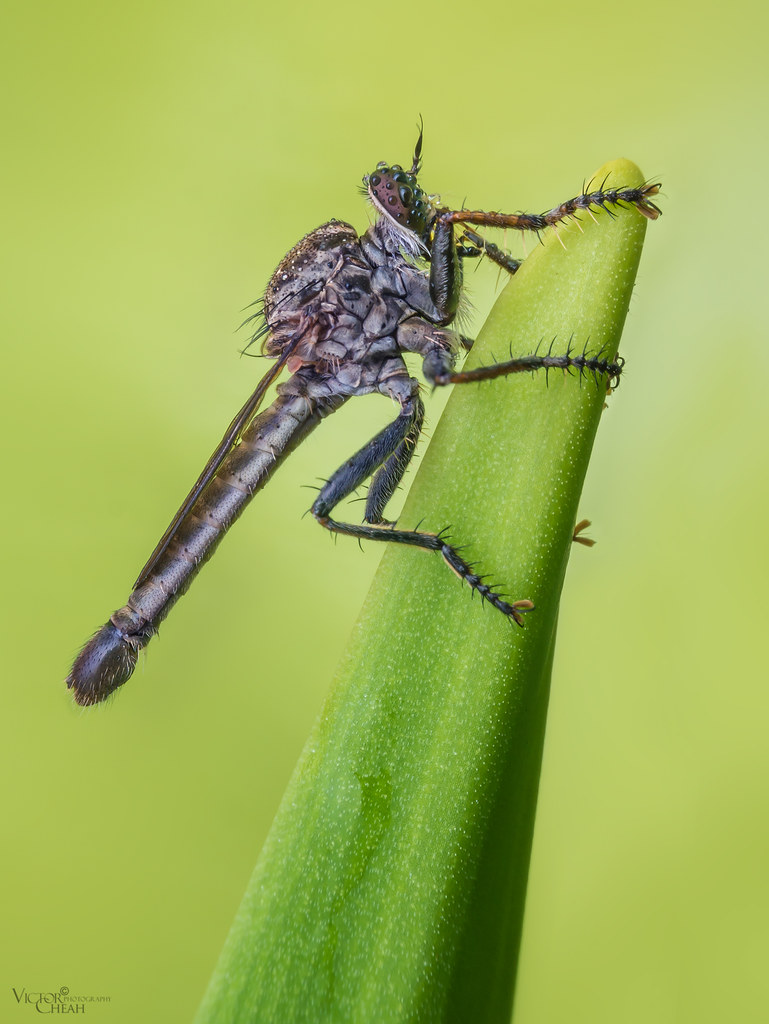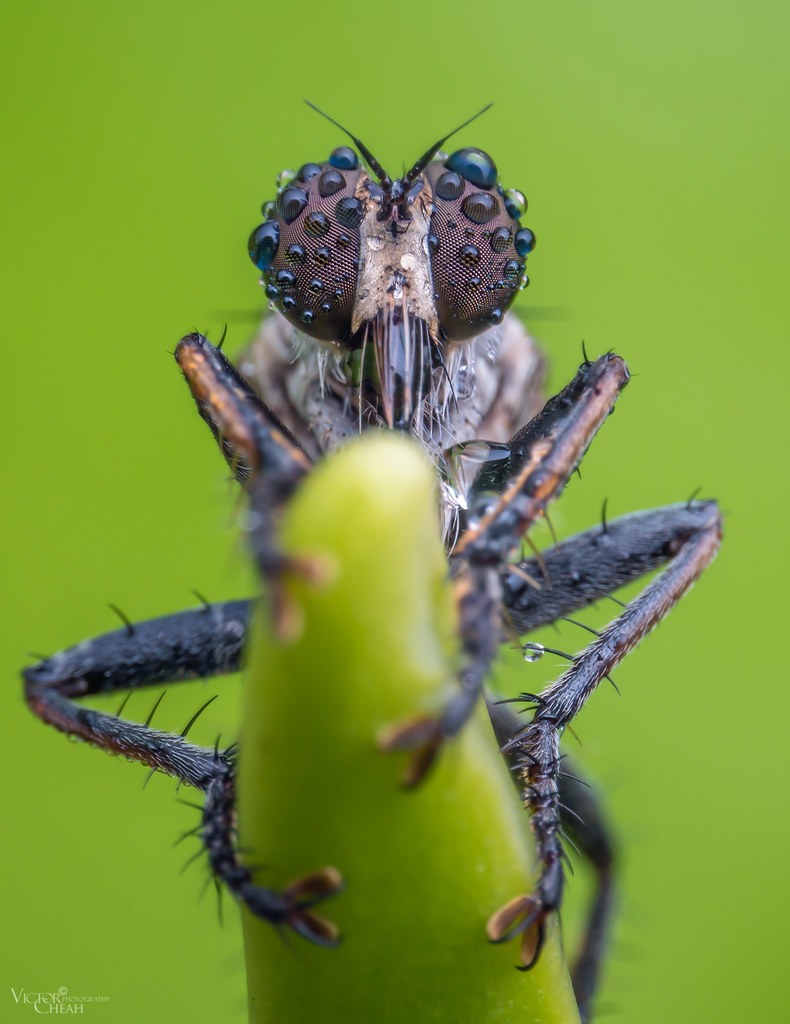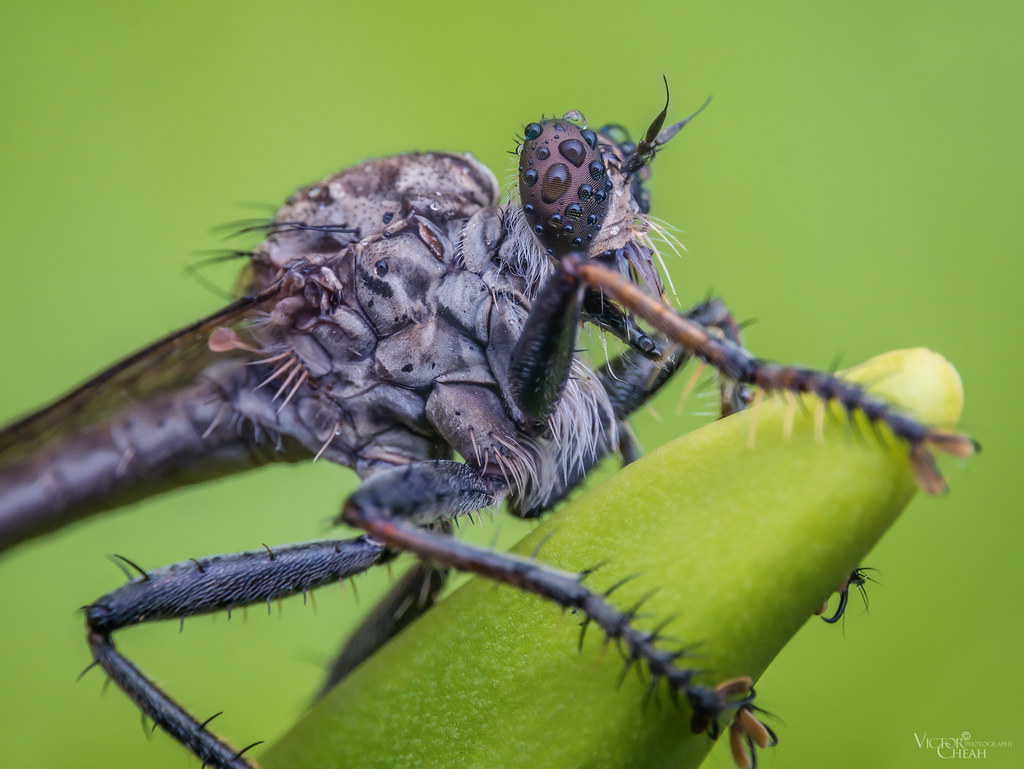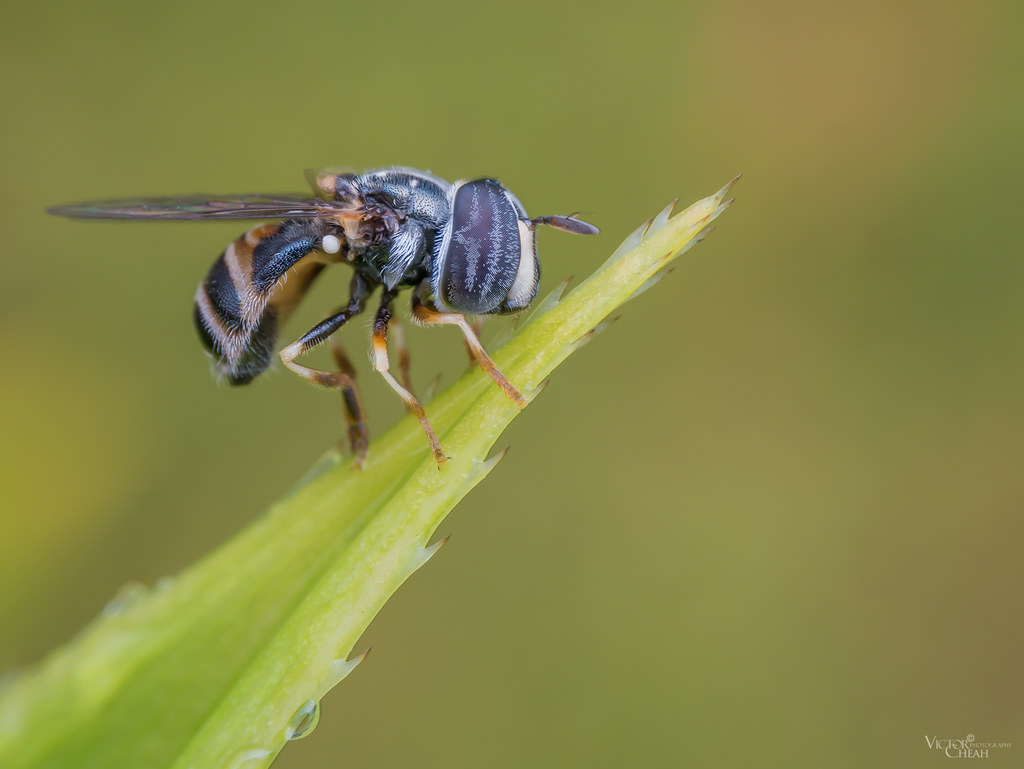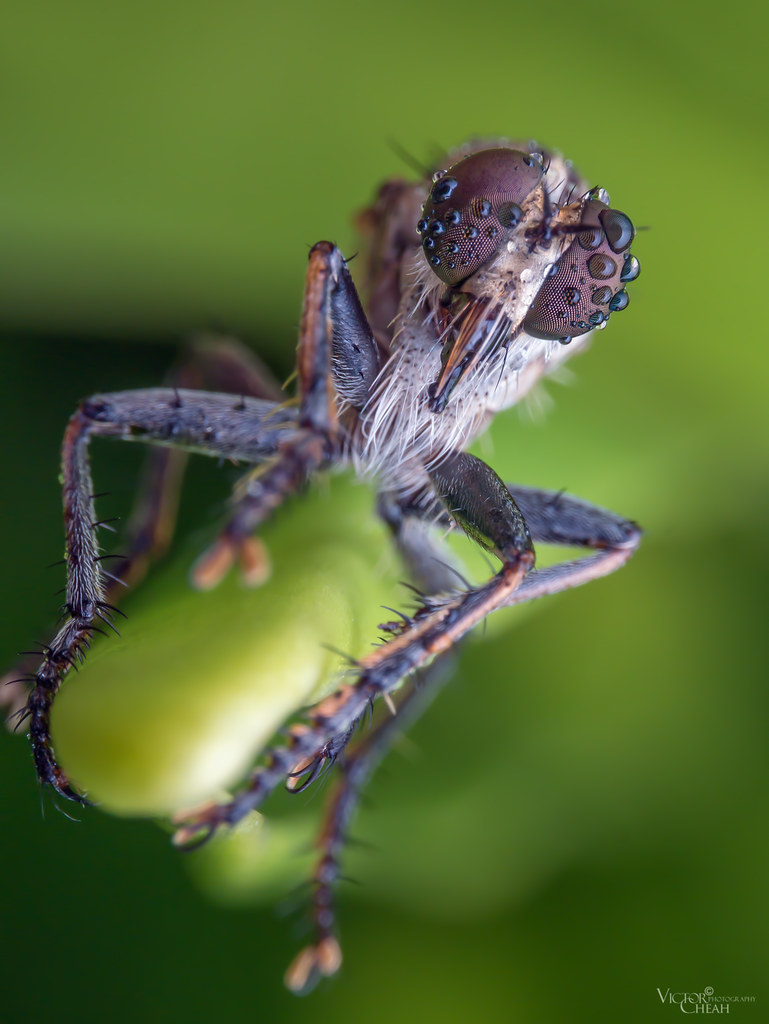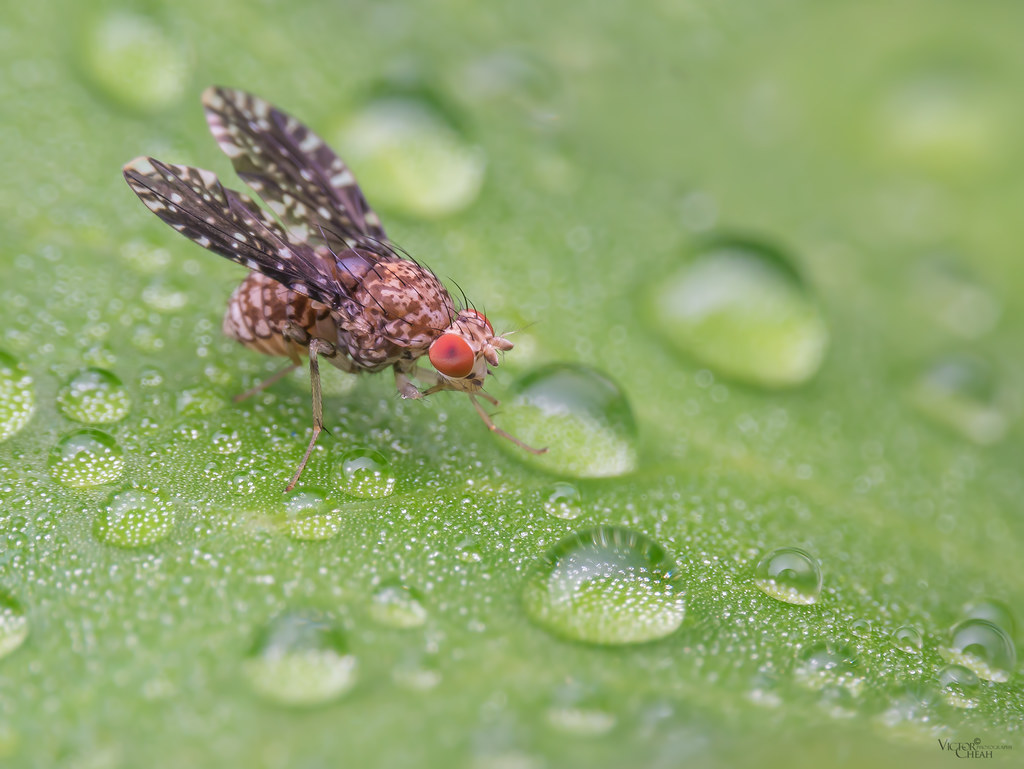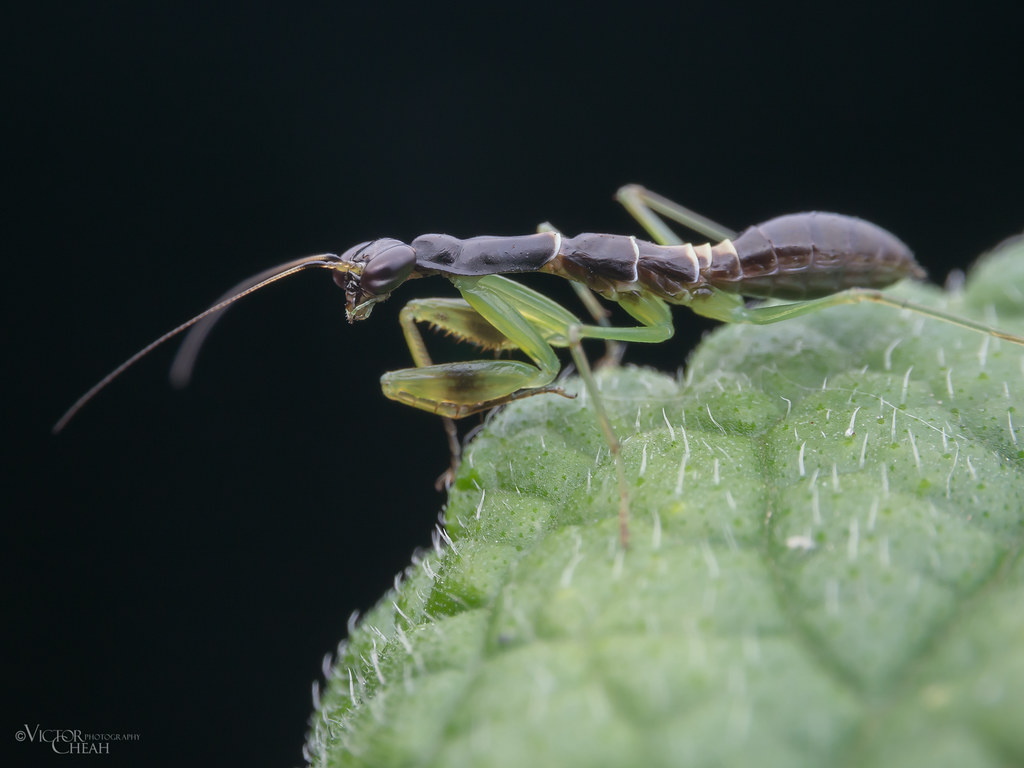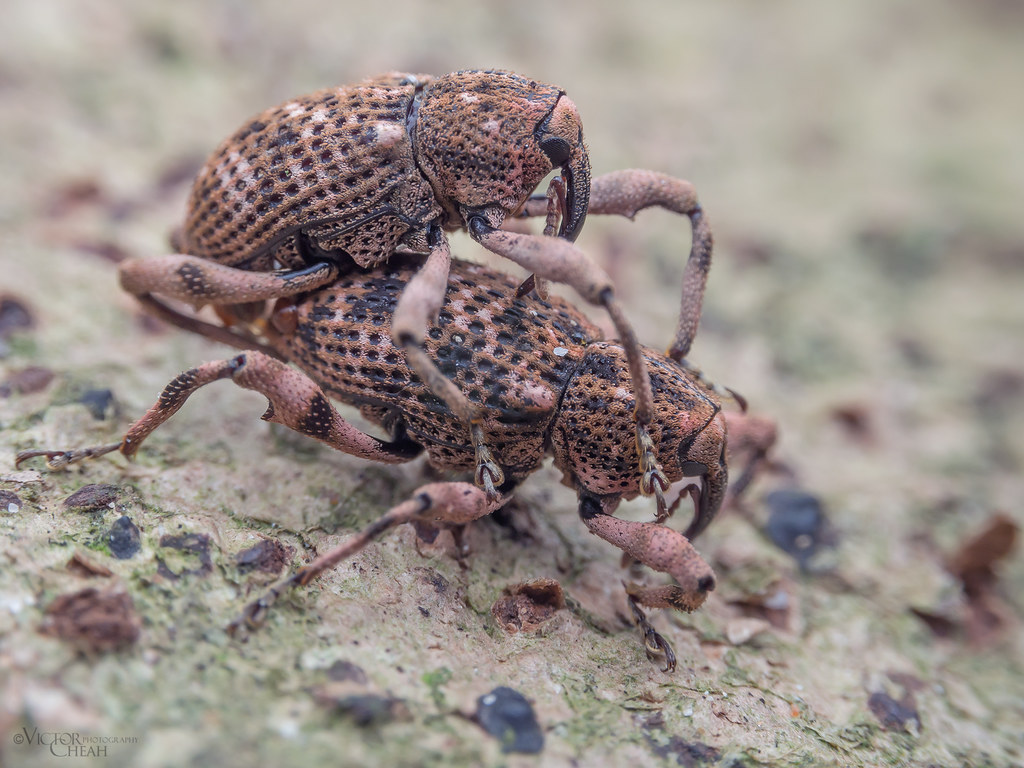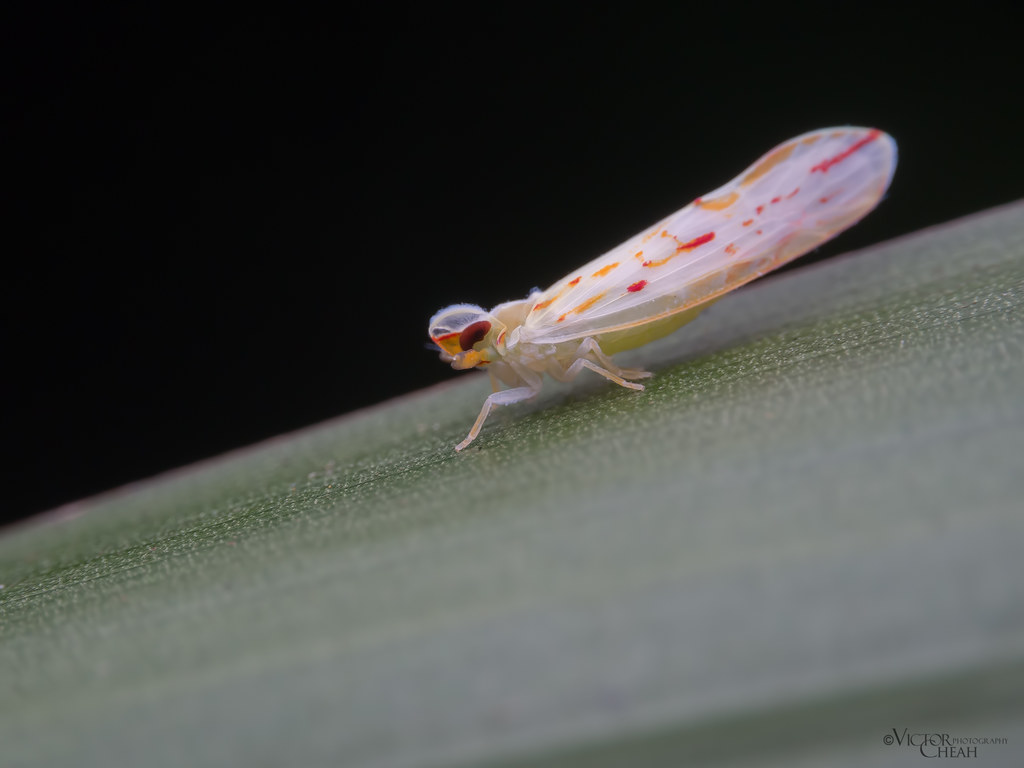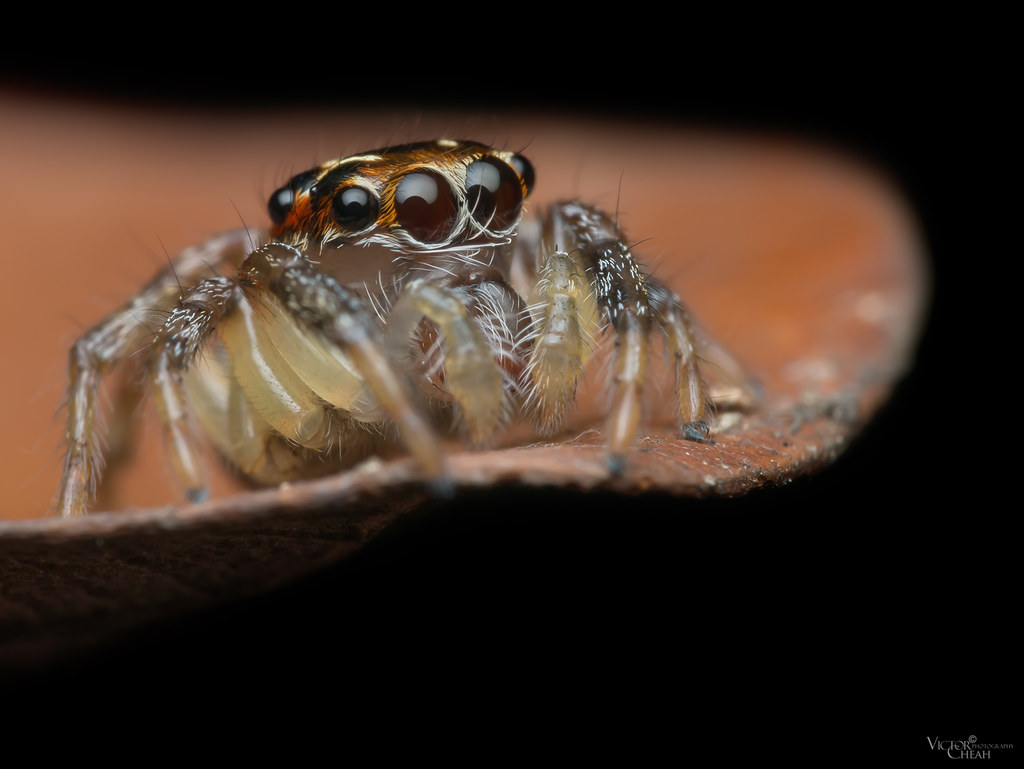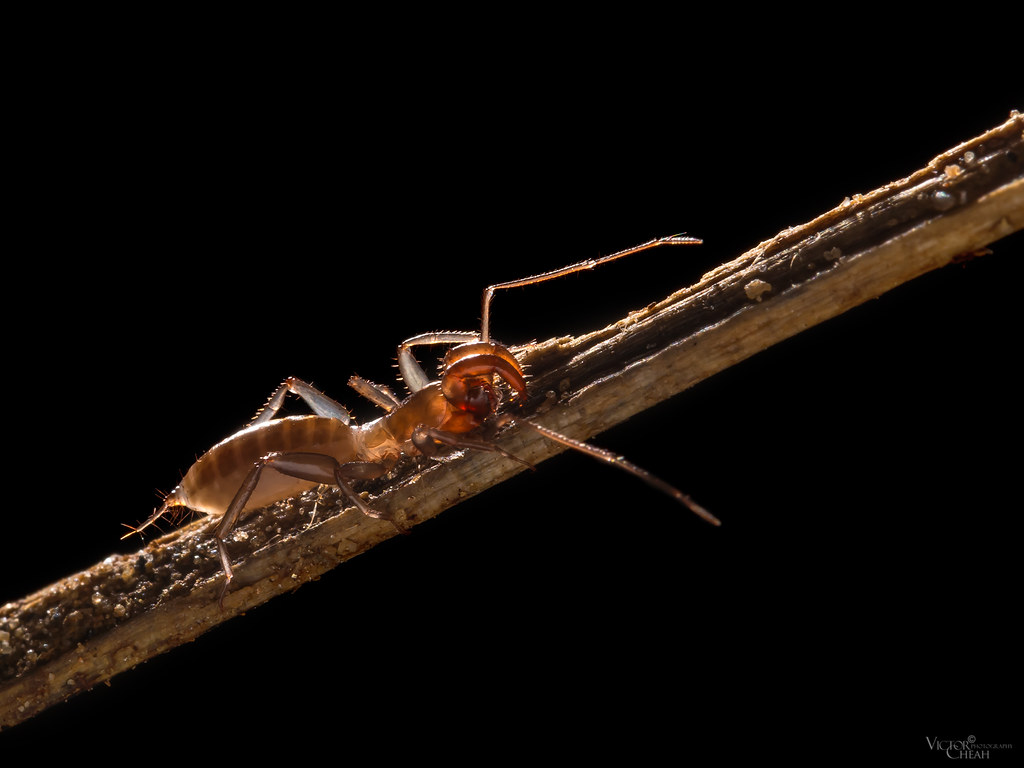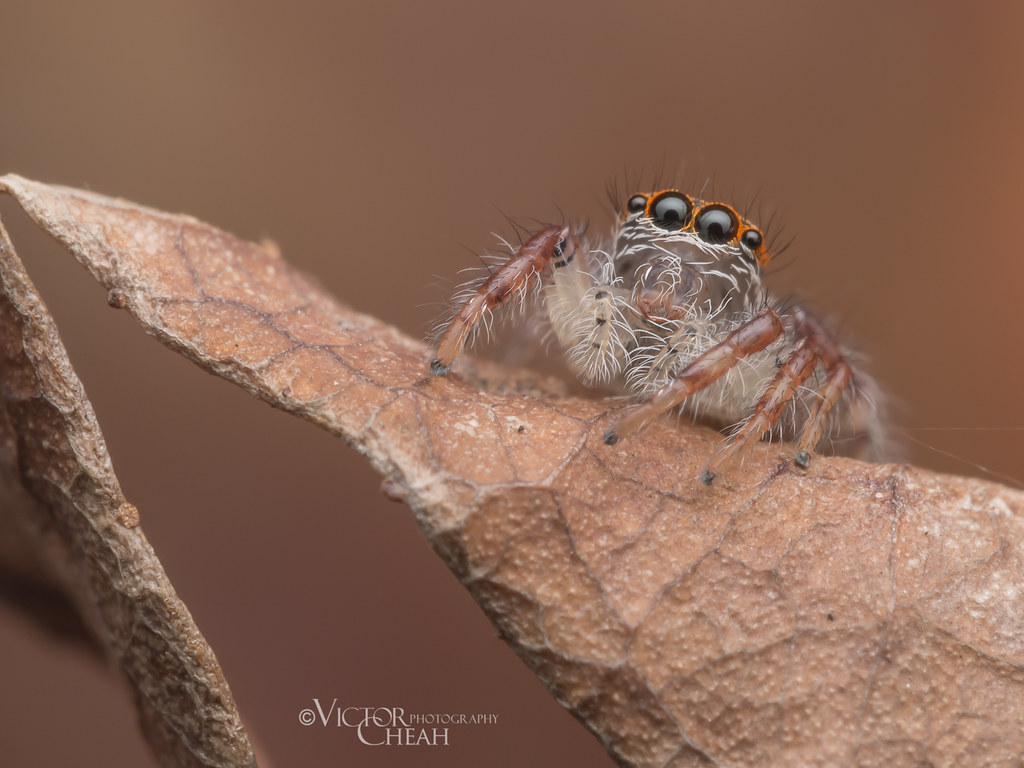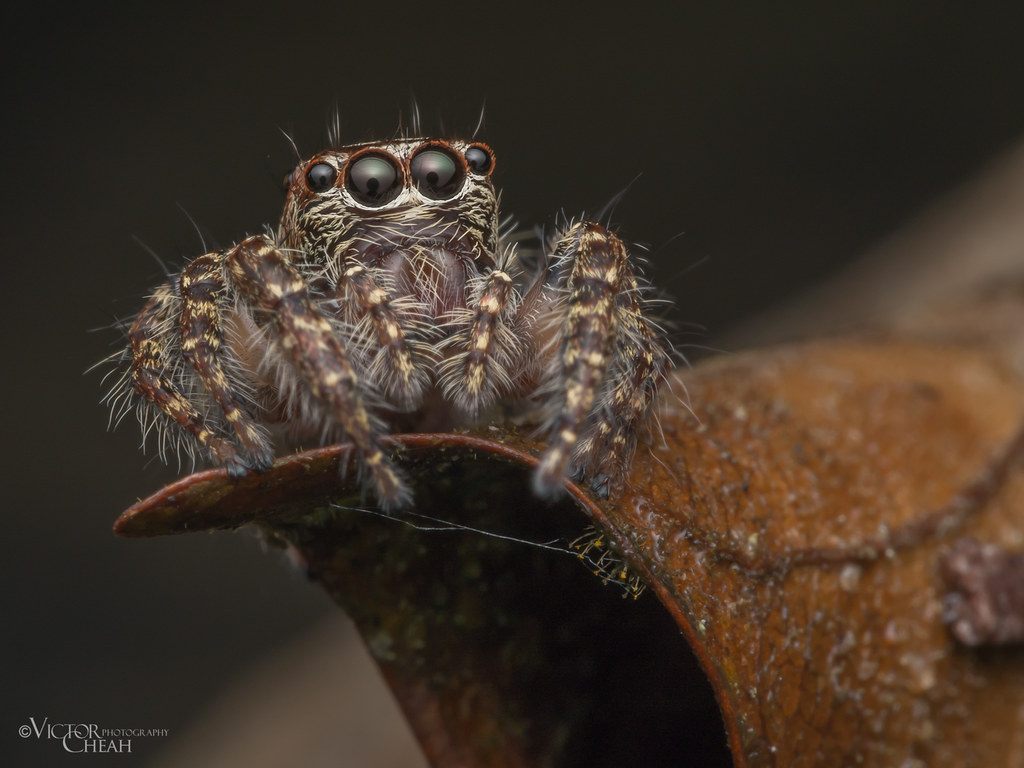My macro photography using the Micro Four Thirds setup [chvictor]
- Thread starter chvictor
- Start date
You are using an out of date browser. It may not display this or other websites correctly.
You should upgrade or use an alternative browser.
You should upgrade or use an alternative browser.
Hi Victor, new to Macro here, I've got the same 60mm too.
I would like to ask what's the magnification power with the raynox attached?
Thanks Kibbelhs. With just the macro 60mm alone you should be able to shoot subject at life size 1:1. I do not know the actual magnification ratio when used with a Raynox250. But you should be able to get up to or beyond the 2x magnification factor. If add on with extension tube, you will get more.
P/s: replied your pm already.
Last edited:
Thanks Vincent. Miss those many outings we had together a few years ago. Let me know if you are ready to join us again.Hi Victor...always a pleasure to visit your postings to view those beautiful shots! Well done.
Thanks Hiho2. Haha...still a learner la.The power of a true master!!! :thumbsup: :thumbsup:
Simply incredible... every shot is a winner! Care to share some tips on how you approach these insects without them fleeing (or worse, attacking you)?
Super nice shots! I want to try out macro photography too. I have some noob question.
1)I am not too sure the use of the raynox filter on oly60mm. Is it to get a more zoomed in subject in focus?
2)To use the raynox 250 we need a step up Ring?
3)Also the diffuser set up is to have softer lighting on the subject? What is the effect if I shoot without the diffuser?
1)I am not too sure the use of the raynox filter on oly60mm. Is it to get a more zoomed in subject in focus?
2)To use the raynox 250 we need a step up Ring?
3)Also the diffuser set up is to have softer lighting on the subject? What is the effect if I shoot without the diffuser?
Simply incredible... every shot is a winner! Care to share some tips on how you approach these insects without them fleeing (or worse, attacking you)?
Sorry for my late late reply here. Firstly I would like to thank you for those kind words. Yes, starting it would take one quite a while to really learn how to approach those insects. There are those skittish ones that could frustrate you. You may end up stop giving chase. Best is to approach all subjects calmly, and find the best angle to shoot without touching other distracting elements like leaves or twigs that may scare off the subject. Pick those easy ones like non-flying beetles or spiders etc to build up confidence first. I shoot mainly at night. The reason being, subjects are less skittish. Tiger beetles in particularly would likely stay put for you to shoot to your hearts content. You probably cannot get close to these fellas during daytime. There are those belonging to the nocturnal species which can be easily spotted coming out to hunt. Thus shooting at night is a better bet. Try not to attempt shooting snakes close up as a starter. Study their behaviors. Work from a distance if you really need to shoot one. Hope these help...
Last edited:
Super nice shots! I want to try out macro photography too. I have some noob question.
1)I am not too sure the use of the raynox filter on oly60mm. Is it to get a more zoomed in subject in focus?
2)To use the raynox 250 we need a step up Ring?
3)Also the diffuser set up is to have softer lighting on the subject? What is the effect if I shoot without the diffuser?
Hi, Raynox DCR250 in particularly allows you to get within a few inches of the subject. And when added to your macro lens, this greatly enlarges the subject in your frame which allows for impressive macro shots. But bear in mind the focal length is pretty short. Raynox 250 does have a magnification power of about 2.5x.
Yes, when use with the oly 60mm you need a step up ring in order for raynox to clip on or use the correct ring size to allow screw on.
When come to shooting macro with flash, a diffuser is necessary. Yes.. to achieve softer lighting. Your subjects would not get overexposed or have obvious hotspots.
Last edited:
Sorry for my late late reply here. Firstly I would like to thank you for those kind words. Yes, starting it would take one quite a while to really learn how to approach those insects. There are those skittish ones that could frustrate you. You may end up stop giving chase. Best is to approach all subjects calmly, and find the best angle to shoot without touching other distracting elements like leaves or twigs that may scare off the subject. Pick those easy ones like non-flying beetles or spiders etc to build up confidence first. I shoot mainly at night. The reason being, subjects are less skittish. Tiger beetles in particularly would likely stay put for you to shoot to your hearts content. You probably cannot get close to these fellas during daytime. There are those belonging to the nocturnal species which can be easily spotted coming out to hunt. Thus shooting at night is a better bet. Try not to attempt shooting snakes close up as a starter. Study their behaviors. Work from a distance if you really need to shoot one. Hope these help...
Thanks for the tips... extremely helpful. I'll be posting my noobish attempts soon. One can only improve when viewing and studying the amazing shots on this forum.
Thanks devilryyour shots are super solid!
superbly well taken!
Thanks tasayphyuexcellent shots !
chvictor
Awesome shots!
You mentioned you shoot at night but how do you spot these insects and also need to fend off bites etc
I cant imagine going into Pasir Ris Mangrove park at night alone. Is that your usual spot btw?
Thx
Thanks Dizzyd. We usually use 2 flash lights. One is the search light to find subjects while the other is the focusing light usually attached to the camera. Nocturnal subjects tend to be quite tame not really worry of their bites. Of course must take precautions and best know their behaviors. Shoot at safe distance for instance. Never go alone into the dark to shoot. At least shoot with another partner. My gang would mostly shoot at Bukit Timah nature reserves, Dairy farm, Venus Drive, etc. Been to Pasir Ris mangrove a few times.
Similar threads
- Replies
- 0
- Views
- 317
- Replies
- 0
- Views
- 1K
- Replies
- 0
- Views
- 537
- Replies
- 0
- Views
- 425
- Replies
- 0
- Views
- 500



